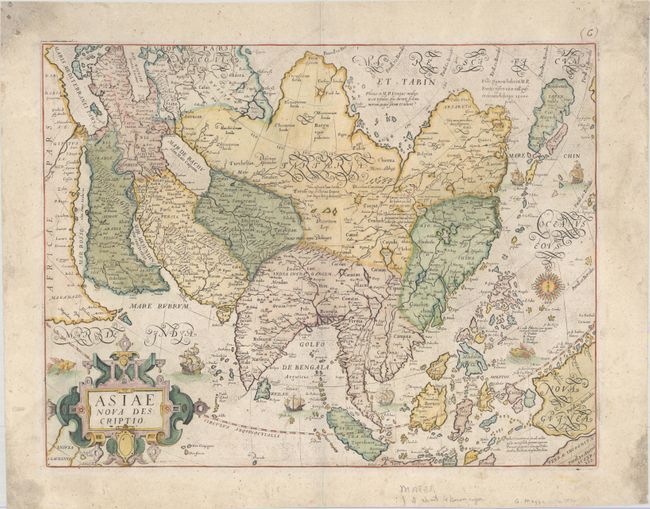Catalog Archive


Auction 182, Lot 667
First Map to Accurately Show Luzon in Philippines
"Asiae Nova Descriptio", Mazza, Giovanni Battista

Subject: Asia
Period: 1590 (circa)
Publication:
Color: Hand Color
Size:
18.4 x 14.2 inches
46.7 x 36.1 cm
Download High Resolution Image
(or just click on image to launch the Zoom viewer)
(or just click on image to launch the Zoom viewer)